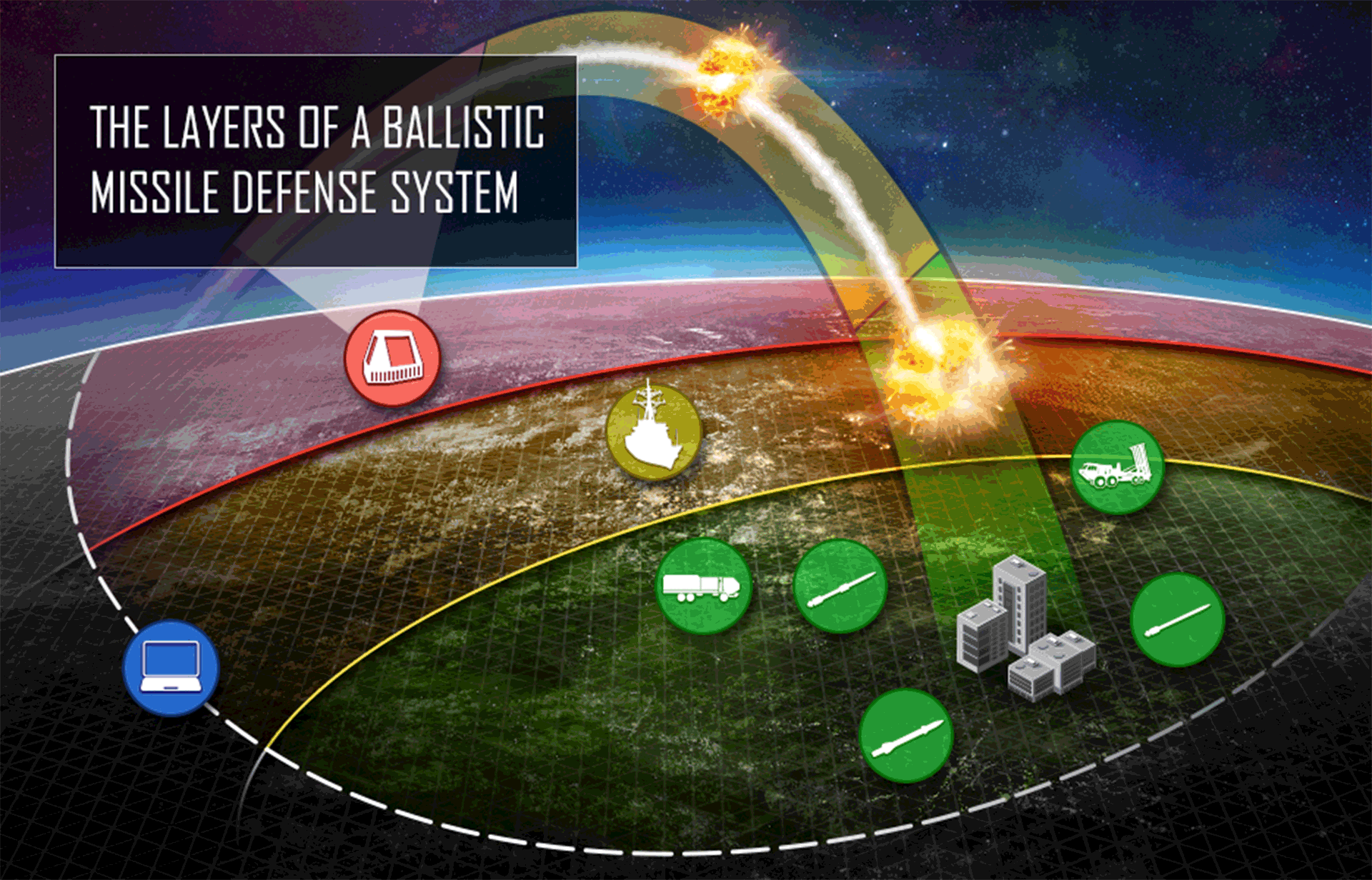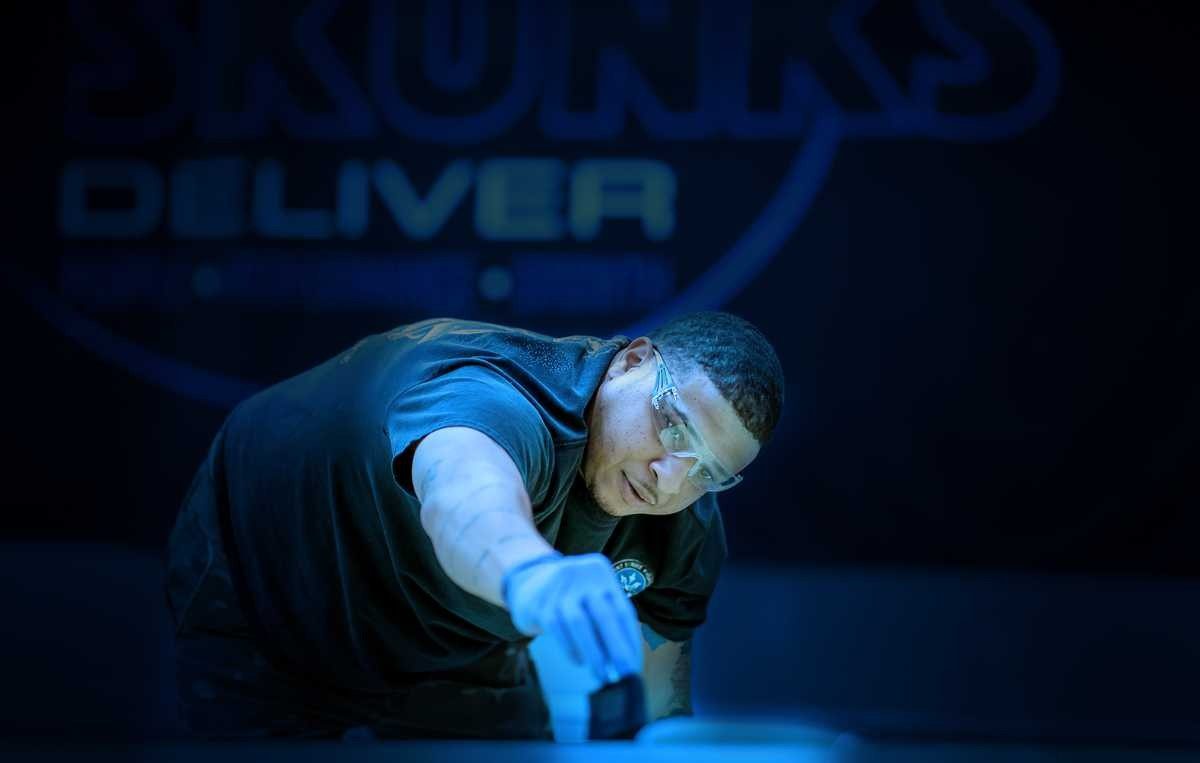Case Study: Command and Control Supports European Missile Defense

Challenge:
Adversary countries have demonstrated the ability to launch simultaneous salvos of multiple rockets and theater ballistic missiles, some within range of southeastern Europe. The Missile Defense Agency (MDA) estimates that there are more than 5,900 ballistic missiles outside the United States, the North Atlantic Treaty Organization (NATO), Russia and China.
This increased threat requires improved U.S. and NATO defenses to counter the potential of short, medium and intermediate-range ballistic missile threats.
In order to successfully combat these types of threats, our missile defense systems rely on receiving timely and accurate data from multiple systems. Each of these systems must connect with one another as part of our layered defense– whether identifying or engaging a target.
That’s why command and control technology is necessary as the centerpiece to an effective missile defense strategy. Command and control systems are an imperative piece of the decision-making process for military leaders. These systems collect and communicate data from satellites, radars, sensors and combat systems, reporting back to commanders so they can take appropriate action.
Requirements:
The U.S. and NATO required a command and control capability for their ballistic missile defense system (BMDS) that:
- Provides full coverage and protection of NATO European territory, populations and forces against medium-range ballistic missile threats
- Is verified in a fully integrated test environment, this includes training warfighters to operate the system under varying wartime conditions against current and emerging threats
- Utilizes existing architectures and systems to provide tracking and engagement support to Aegis Ballistic Missile Defense systems
Solution/Results:
The Command, Control, Battle Management & Communications (C2BMC) system is the command and control system that acts as the nerve center of the U.S. military’s strategic missile defense initiatives, providing critical data to commanders that aids in decision-making.
C2BMC takes the many BMD systems and integrates them to provide a common view of threats across the globe. With C2BMC as their translator, BMD systems can talk with one another as they identify, engage and intercept missile threats.
And C2BMC isn’t just working to protect U.S. military forces, but also deployed to protect European nations and their citizens. In 2009, the U.S. introduced a European Phased Adaptive Approach (EPAA), which fields Aegis BMD at sea and ashore, working in tandem with C2BMC.
- EPAA Phase 1 became operational in 2012 and consists of a transportable radar surveillance system, command center and an Aegis BMD ship, all supported by C2BMC
- EPAA Phase 2 became operational in 2016 and enhances U.S. and NATO capabilities with additional Aegis Ashore sites and Aegis BMD ships, for which C2BMC provides heightened sensor management and near-real time tracking data
- EPAA Phase 3 is up next and consists of another Aegis Ashore site that will be further enhanced by an upgraded C2BMC system that extends the effective range of Aegis BMD.
Case Study Summary:
- Increased threat requires improved U.S. and NATO defenses to counter the potential of short, medium and intermediate-range ballistic missile threats.
- Command and control technology is necessary as the centerpiece to an effective missile defense strategy.
- The Command, Control, Battle Management & Communications (C2BMC) system is the command and control system that acts as the nerve center of the U.S. military’s strategic missile defense initiatives, providing critical data to commanders that aids in decision-making.
Customer Quote:
“...upgrades are further enhanced by spiral upgrades to the C2BMC network [which will enable the] Engage on Remote capability and extend defensive coverage for NATO Europe.”
- Vice Admiral J.D. Syring, Director, Missile Defense Agency Statement before the Senate Appropriations Committee Subcommittee on Defense Wednesday, April 13, 2016
We're engineering a better tomorrow.
Your individual skills play a critical role in changing the way the world works and helping us develop products that make it a safer place to achieve your goals. Our teams are made up of diverse employees from a wide range of disciplines and backgrounds, working together to tackle complex challenges and push the boundaries of innovation.
Explore our skill areas to find the right opportunity for you.







